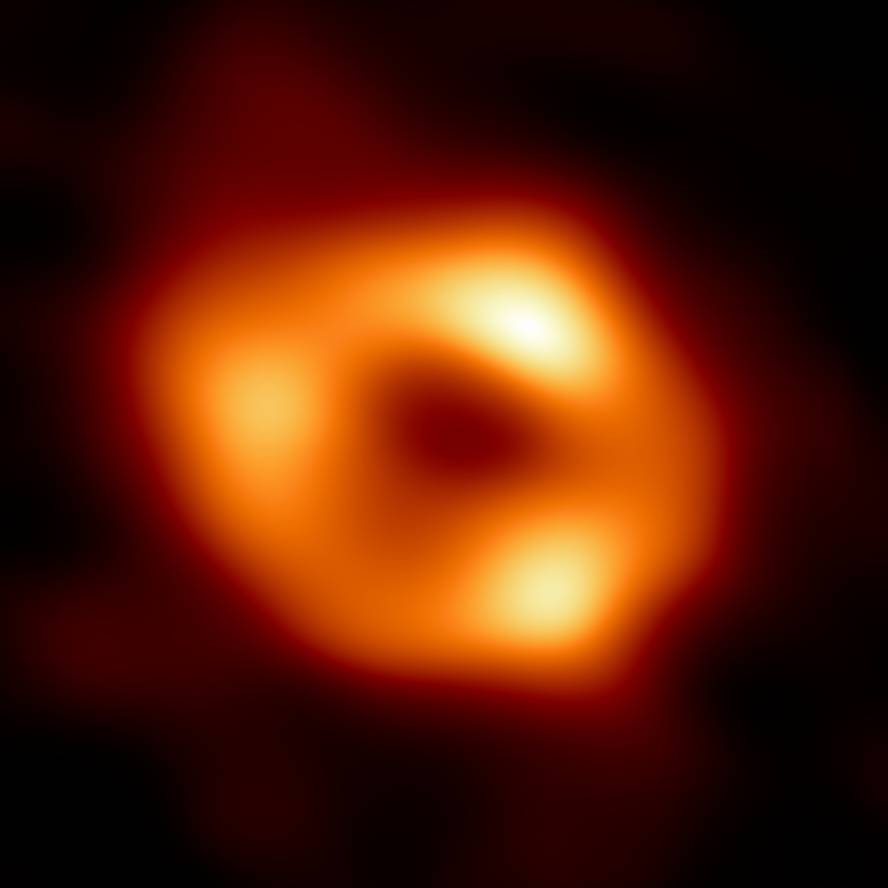They present the first image of the black hole in the center of the Milky Way.
Astronomers have used different methods to observe the supermassive black hole of Sagittarius A*, in the middle of the Milky Way, 27,000 years away from us, like studying its nearest stars. But so far they have had no direct evidence. Now, thanks to the International Event Horizon Telescope (EHT) project, the first results are correct. Three years ago, the same group showed the first image of a black hole and now gets the image of Sagittarius A*.
They explain that actually black holes are very small compared to the size of the universe. So you need a custom telescope on Earth to look at one of them. Because this is not possible, they've used a network of eight radio telescopes, and the images they take are concentrated in a virtual telescope. They then regenerate images through complex image analysis.
That's what they've done to get the picture of Sagittarius A. As you know, it's impossible to see the black hole, because it's completely dark. What you see is a glowing gas orbiting around it. And that is that light curves through the strong gravity of the black hole, four million times more massive than our sun.
M87* compared to black hole
Astronomers indicate that the outcome has fully met their expectations and remember that it coincides with the predictions of Einstein's Theory of General Relativity. In fact, the image of the 2019 black hole, M87*, and the current one, of Sagittarius A*, are only distinguished to the extent. Considering that the mass of Sagittarius A* is thousands of times smaller than that of M87*, the fact that the image is the same confirms that the theory predicts perfectly how black holes are.
The fact that Sagittarius A* is smaller means that the gas around it moves faster than M87*, making it difficult to obtain the image. However, they have managed to overcome the challenge, after five years of observations, and compare and combine the data obtained with simulations, using supercomputers.
Comparing the images of the two black holes provides valuable data for further research into black holes. They already have more images of Sagitarius A* himself and will analyze their evolution. They anticipate that in the future they can have movies.






